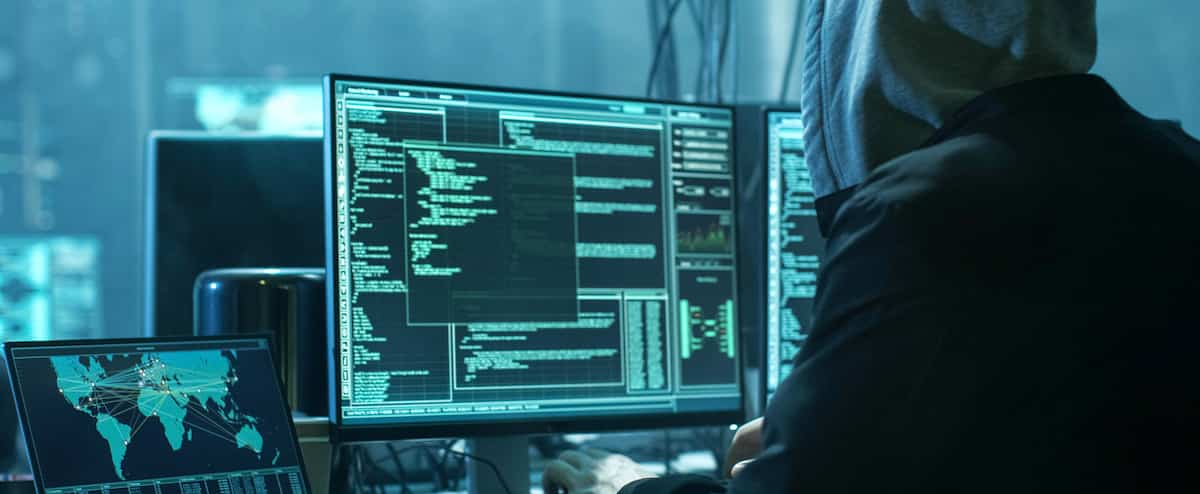Two months after a Russian cyberattack targeting Hydro-Québec, it is now Quebecers’ access to drinking water that could be in the crosshairs of hackers, warns the big boss of the Canadian Center for Cybersecurity, in an interview at Log.
“If the drinking water protection system is not well secured, we can end up tomorrow with a rangonciel on the aqueduct network”, warned Sami Khoury, principal director of the Center for Cybersecurity, during an interview with The newspaper on the sidelines of the First conference in Montreal.
The Canadian Center for Cyber Security (Centre for Cyber Security) is a branch of the Communications Security Establishment, whose purpose is to provide cyber security advice and guidance to the country.
Provided by the Cybersecurity Center
Sami Khoury, principal director of the Center for Cybersecurity.
“They can play with the control of this system to affect the safety of drinking water, not just the supply, as they can do in the field of energy with electricity or natural gas, or the networks transportation,” he explains.
This scenario has nothing to do with science fiction. Two years ago, a hacker managed to break into the network of a water filtration plant in California and Florida. Could such an attack occur in Quebec? The brains of the Center for Cybersecurity think so.
contaminated water
In Quebec, water can be contaminated by microorganisms such as E. coli or chemicals such as lead, hence the importance of monitoring its quality.
When we discover the presence of E. coli or fecal coliforms in the water, a boil water advisory is promptly issued. Diarrhea, abdominal cramps, nausea, vomiting… the health risks are real, notes the Quebec government.
However, if we do not manage to analyze the water properly, problems can be on the horizon, which can put entire cities on hold.
“Water distribution is a series of control systems. If we want to play in a mischievous way, that does not mean that there will be no more water, but if we are able to influence the purification equation, that can generate an element of security”, illustrates Sami Khoury of the Cybersecurity Center.
“It can be intentional or it can be done by mistake, if they change the level of chlorine, for example. It can be quite dangerous,” he adds.
Every day, the federal government blocks five to six billion attacks against government infrastructure.
“It’s a very active world that tries to find flaws,” concludes Sami Khoury, who watches over the grain.

